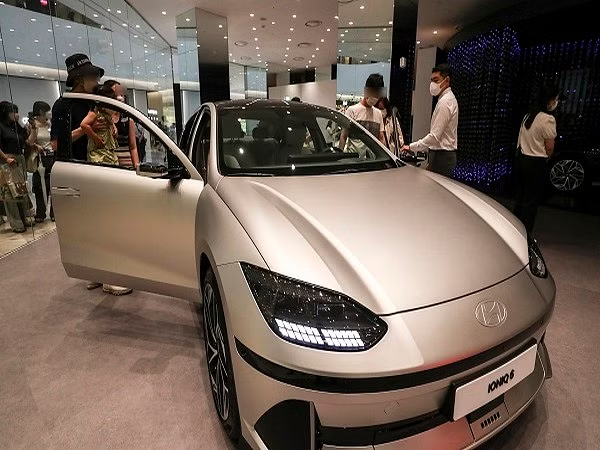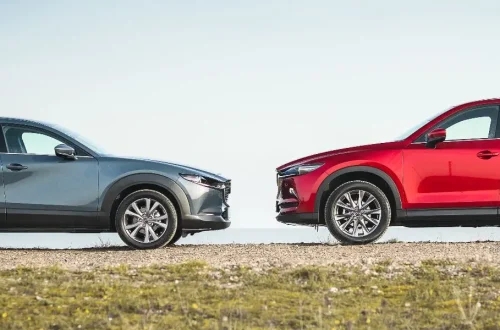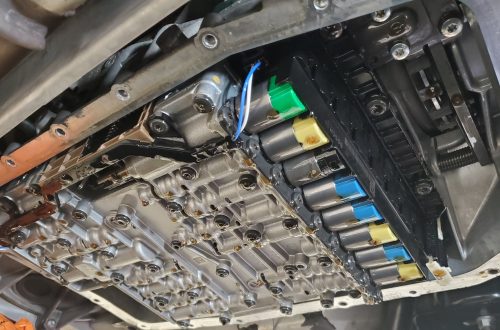In-car entertainment systems have come a long way from the simple AM/FM radios of the past. Today, they are sophisticated multimedia hubs that provide drivers and passengers with a rich array of entertainment options. This evolution reflects not only advances in technology but also changes in consumer expectations and lifestyles. This article explores the fascinating journey of in-car entertainment systems, from their inception to the cutting-edge features found in modern vehicles.

The Early Days: AM/FM Radios and Cassette Players
The journey of in-car entertainment began in the 1930s with the introduction of AM radios. These early systems were basic, offering little more than the ability to listen to music or news broadcasts while on the road. Despite their simplicity, they marked a significant shift in how people experienced driving, transforming the car into a space where passengers could enjoy music and stay informed.
By the 1960s, FM radio gained popularity due to its superior sound quality and stereo broadcasting capabilities. The 1970s saw another leap forward with the introduction of cassette players, allowing drivers to listen to their choice of music on-demand, a precursor to today’s customizable playlists.
The CD Revolution
The 1980s and 1990s brought about the rise of compact discs (CDs), which offered even better sound quality and more convenience than cassette tapes. CD players quickly became a standard feature in most vehicles, and multi-disc changers were introduced to allow drivers to switch between several albums without manually changing discs.
CDs represented a significant milestone in the evolution of in-car entertainment systems, offering high-fidelity audio that was both durable and easy to use. This era also saw the introduction of the first in-car CD navigation systems, hinting at the more advanced integrated systems to come.
The Digital Age: MP3 Players and Bluetooth Connectivity
As the digital age dawned in the early 2000s, MP3 players revolutionized how people listened to music, and this shift was soon reflected in in-car entertainment systems. Automakers began integrating auxiliary inputs and USB ports, allowing drivers to connect their portable music devices directly to the car’s audio system. This period also saw the advent of satellite radio, providing drivers with a vast array of channels that offered music, news, talk shows, and more.
Bluetooth technology further enhanced in-car entertainment by enabling wireless connections between smartphones and car audio systems. This allowed for hands-free calling, music streaming, and even accessing apps directly from the car’s dashboard.
Modern In-Car Entertainment Systems: Touchscreens and Smart Features
Today, in-car entertainment systems have evolved into sophisticated multimedia centers that go far beyond just playing music. Touchscreen displays have become the norm, offering intuitive interfaces that allow drivers and passengers to control various functions with ease. These systems often integrate GPS navigation, climate control, and access to various media sources, including streaming services like Spotify and Apple Music.
Smartphone integration through platforms like Apple CarPlay and Android Auto has become a standard feature in many vehicles, providing seamless access to apps, contacts, and music libraries. Voice control and advanced AI assistants like Amazon Alexa and Google Assistant are also becoming more prevalent, allowing for hands-free operation and enhancing safety on the road.
The Future of In-Car Entertainment
As technology continues to advance, the future of in-car entertainment looks incredibly promising. Emerging trends such as augmented reality (AR) displays, advanced driver-assistance systems (ADAS), and 5G connectivity are set to further revolutionize the driving experience. AR displays could overlay navigation instructions directly onto the windshield, while 5G connectivity will enable faster streaming and real-time updates.
In-car entertainment systems may also become more personalized, using AI to learn drivers’ preferences and automatically adjust settings for music, navigation, and even interior lighting. The integration of virtual reality (VR) is another possibility, potentially transforming long road trips into immersive experiences for passengers.
Conclusion
The evolution of in-car entertainment systems reflects the rapid pace of technological advancement and changing consumer expectations. From simple radios to fully integrated multimedia hubs, these systems have transformed the driving experience, making it more enjoyable and convenient. As we look to the future, in-car entertainment is set to become even more advanced, offering drivers and passengers a seamless, personalized, and connected experience.






